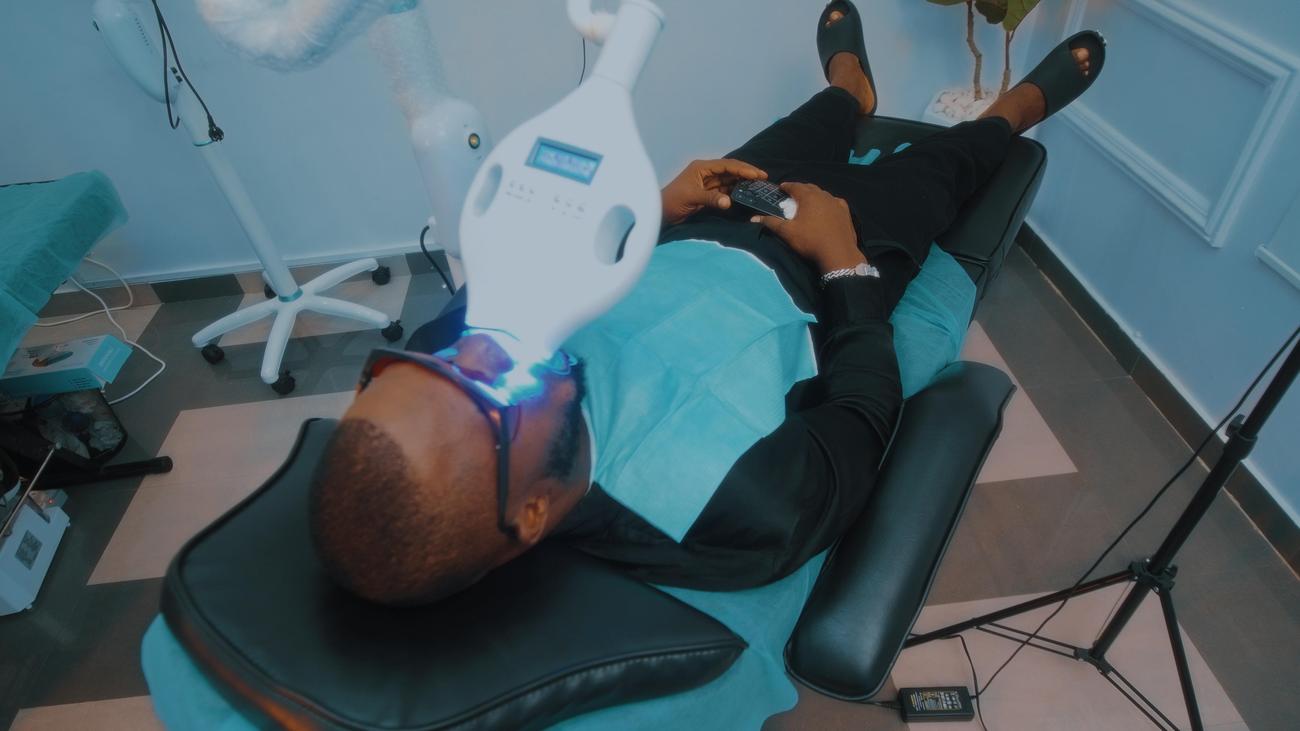If you’re curious about the world of pediatric physical therapy and eager to uncover some fascinating insights, you’ve come to the right place! In this article, we’ll delve into the realm of pediatric physical therapists and discover some captivating facts that shed light on their remarkable work. From their profound understanding of child development to their expertise in designing personalized treatment plans, pediatric physical therapists play a crucial role in improving the lives of young patients. So, get ready to embark on a journey filled with intriguing revelations about the world of pediatric physical therapy!

Interesting Facts About Pediatric Physical Therapist
As a seasoned pediatric physical therapist, I have had the privilege of working with countless children to improve their daily physical functions and enhance their overall well-being. Pediatric physical therapy is a specialized field focused on providing age-appropriate treatment to children ranging from infants to teenagers. In this article, I will share some interesting facts about pediatric physical therapists and shed light on the important role they play in the lives of children.
What Makes Pediatric Physical Therapists Unique?
Pediatric physical therapists possess specialized training in child development and pediatric conditions. This expertise allows them to understand the unique needs of children and tailor their interventions accordingly. Whether a child is struggling with gross motor delays, balance and coordination issues, or orthopedic injuries, a pediatric physical therapist is equipped to help them overcome these challenges and reach their maximum physical potential.
“Pediatric physical therapists have a deep understanding of child development and are skilled in providing personalized treatment plans for children with various conditions or injuries.”
The Approaches Used by Pediatric Physical Therapists
Pediatric physical therapy sessions often resemble play and are carefully designed to engage children in fun and motivating activities. Utilizing colorful tools and exercise equipment, therapists create an environment where children are eager to participate and make progress. By incorporating play, therapists can capture the attention and cooperation of their young patients, facilitating their overall growth and development.
“Pediatric physical therapy sessions are purposefully designed to be fun and engaging, using play as a key component in achieving therapy goals.”
Where Pediatric Physical Therapy Takes Place
Pediatric physical therapy services can be provided in various settings, depending on the child’s needs and preferences. These services may be offered at home, in preschool, in school, or in a daycare center. By providing therapy in familiar environments, pediatric physical therapists can create a comfortable and supportive space that promotes optimal progress and encourages a sense of confidence and security in the child.
“Pediatric physical therapy can be provided in a child’s natural environment, tailoring the therapy experience to their unique needs and surroundings.”
The Length of Pediatric Physical Therapy
The duration of pediatric physical therapy varies depending on the child’s specific condition and therapy goals. While some children may require ongoing therapy for an extended period, others may achieve their goals more quickly. Pediatric physical therapists work closely with families and caregivers to establish realistic expectations and outline a comprehensive treatment plan that addresses the child’s individual needs.
“The length of pediatric physical therapy is determined on a case-by-case basis, focusing on the child’s condition and therapy goals.”
The Impact of Pediatric Physical Therapists on Children’s Lives
Pediatric physical therapists have a significant impact on the lives of the children they work with. By providing specialized care, tailored exercises, and personalized treatment plans, these therapists help children enhance their physical abilities, improve their mobility, and gain confidence in their own abilities. The progress made during pediatric physical therapy can have a lasting positive impact on a child’s overall development, enabling them to participate fully in their daily activities and reach their potential.
“Pediatric physical therapists play a crucial role in helping children improve their physical abilities, gain confidence, and participate fully in their daily activities.”
Pediatric physical therapy offers a unique blend of expertise, compassion, and hands-on intervention to support children in their physical development journey. By implementing age-appropriate therapeutic exercises, utilizing play-based approaches, and providing personalized care, pediatric physical therapists make a lasting difference in the lives of their young patients. It’s important to recognize and appreciate the invaluable contribution these professionals make to the healthcare system and the well-being of children.
“Pediatric physical therapists combine their expertise with compassion and hands-on intervention to support children in their physical development journey.”
Pediatric physical therapy is an exciting field that offers so many fascinating aspects to explore. If you’re curious about fun facts related to pediatric physical therapists, then you’re in for a treat! Discover interesting tidbits and valuable insights about the world of pediatric physical therapy by clicking here: Fun Facts About Pediatric Physical Therapist. Don’t miss out on the chance to learn something new and engaging!
FAQ
Question 1: What is pediatric physical therapy?
Answer 1: Pediatric physical therapy is the treatment of children (typically 0-18 years old) to improve their daily physical functions. It involves specialized exercises and techniques designed to address various conditions or injuries that may affect a child’s movement, balance, coordination, or gross motor skills.
Question 2: What conditions can pediatric physical therapists treat?
Answer 2: Pediatric physical therapists are trained to treat a wide range of conditions in children, including developmental delays, cerebral palsy, sports injuries, balance and coordination issues, orthopedic injuries, and gross motor delays. They have a deep understanding of child development and use age-appropriate interventions to help children reach their maximum physical potential.
Question 3: How long does pediatric physical therapy last?
Answer 3: The length of pediatric physical therapy varies depending on the child’s condition and therapy goals. Some children may only require a few sessions, while others may require regular therapy over an extended period of time. The therapist will assess the child’s progress and adjust the treatment plan accordingly.
Question 4: What settings can pediatric physical therapy be provided in?
Answer 4: Pediatric physical therapy services can be provided in various settings, including home, preschool, school, or daycare centers. The therapist may work closely with other healthcare professionals, teachers, and parents to ensure a holistic approach to the child’s therapy.
Question 5: What does a pediatric physical therapy session look like?
Answer 5: Pediatric physical therapy sessions often resemble play and are designed to engage and motivate children. The therapist may use colorful tools and exercise equipment to make the sessions fun and interactive. The activities are tailored to the child’s individual needs and may focus on improving strength, balance, coordination, or mobility.
- HelpCare Plus: Revolutionizing Affordable and Accessible Healthcare - December 29, 2024
- Boom & Bucket: Your Digital Marketplace for Used Heavy Equipment - December 28, 2024
- Ankle Bones Crossword Clue: Solutions, Tips & Anatomical Insights - December 28, 2024














